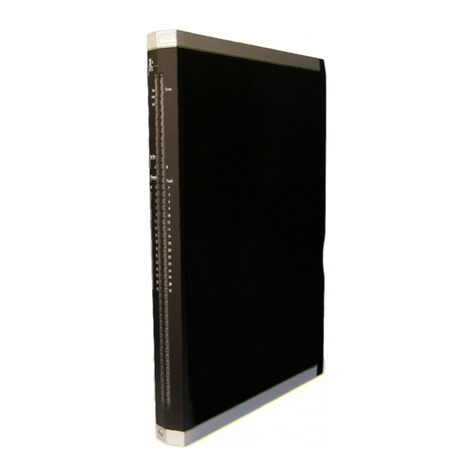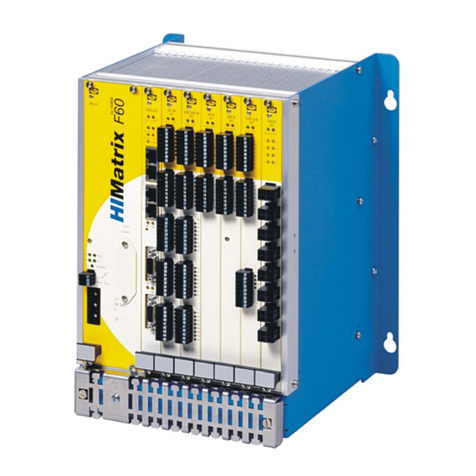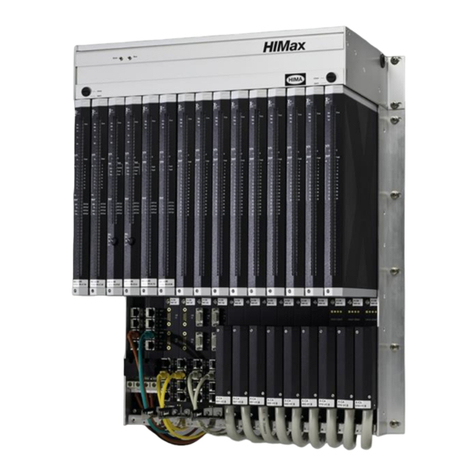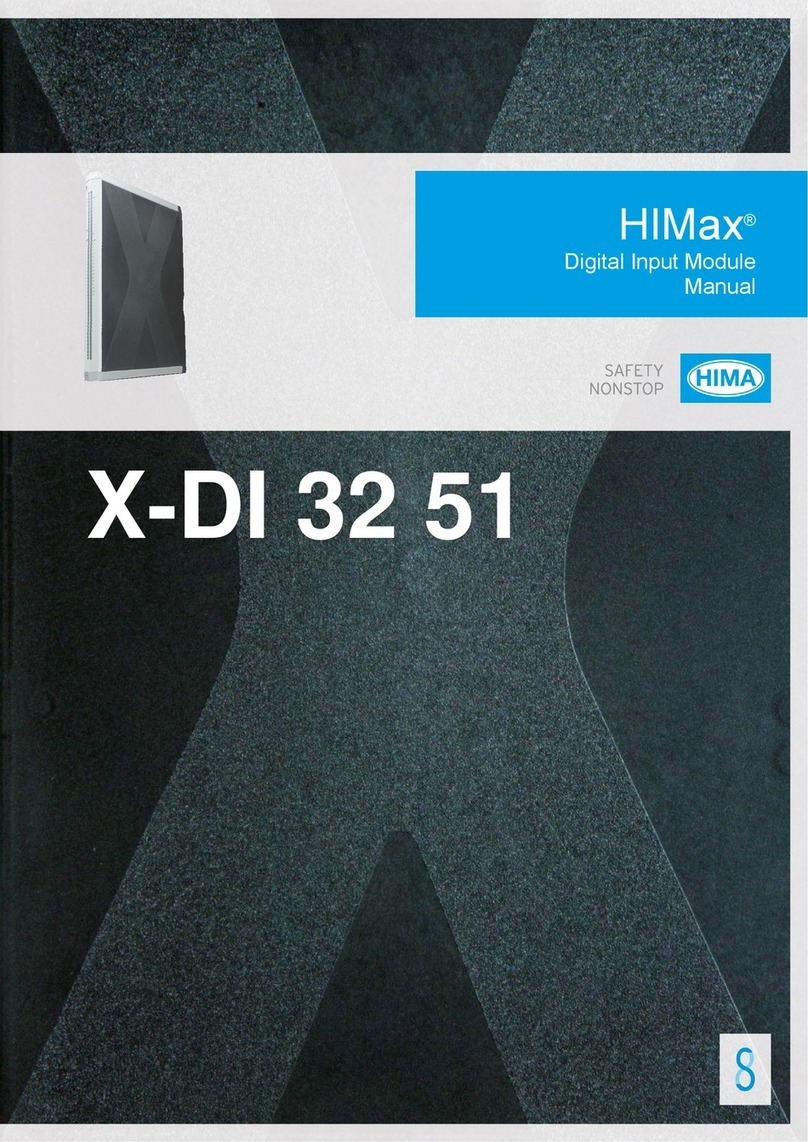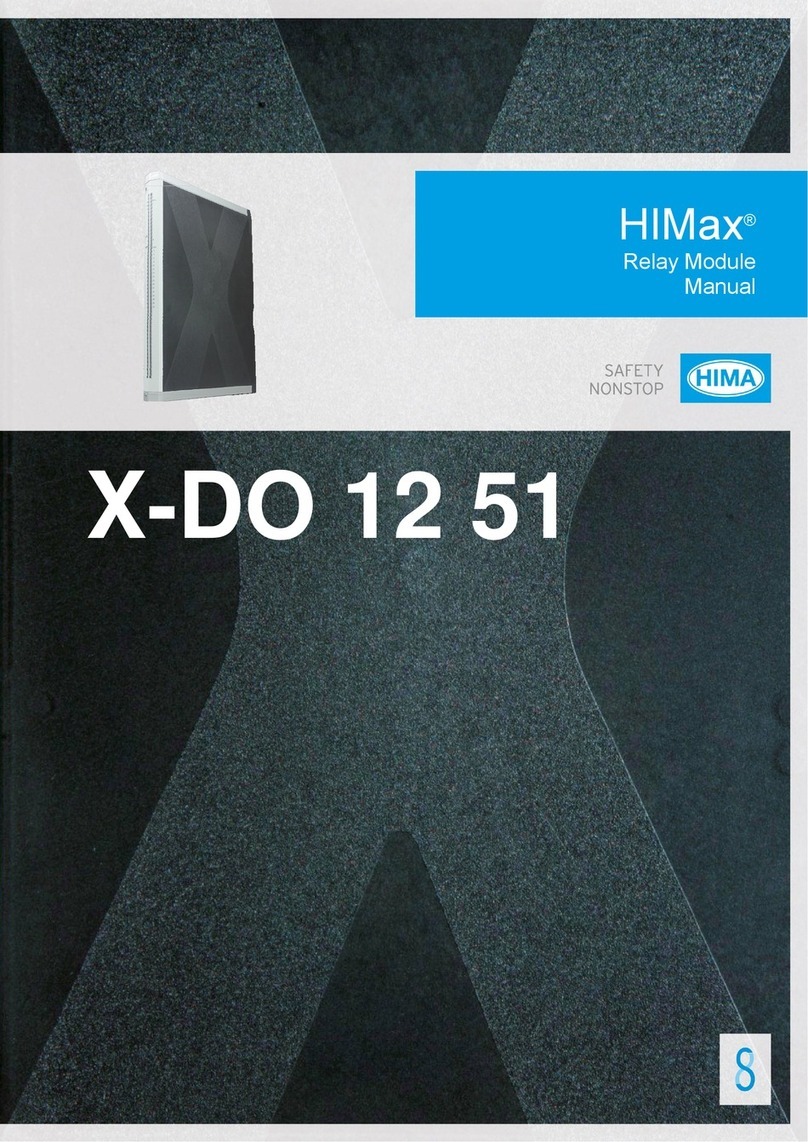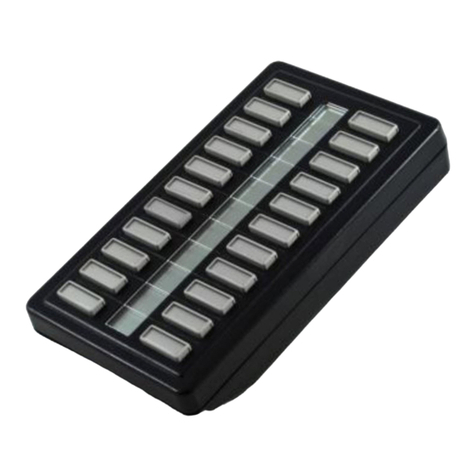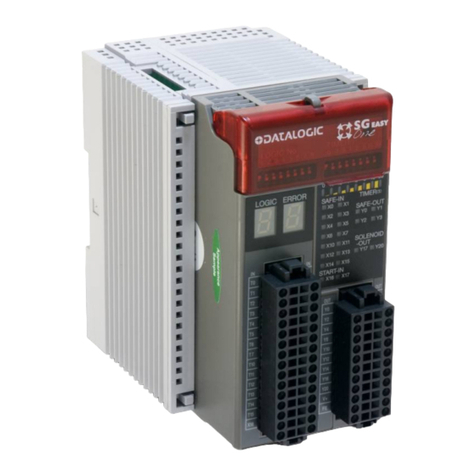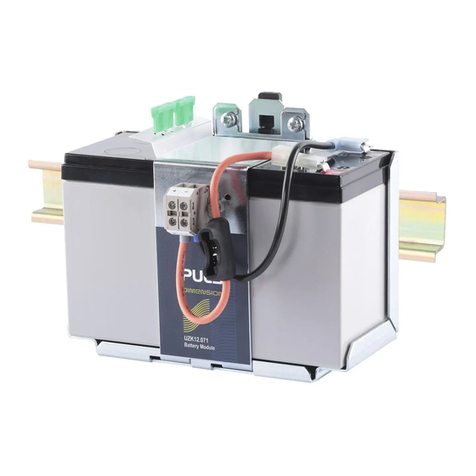HIMA HIMax X-DO 32 51 User manual




















Table of contents
Other HIMA Control Unit manuals
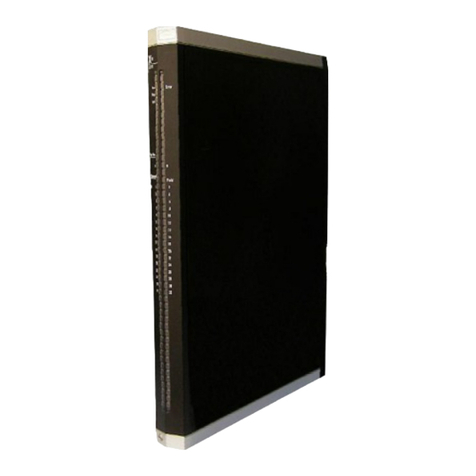
HIMA
HIMA HIMax X-DI 32 02 User manual
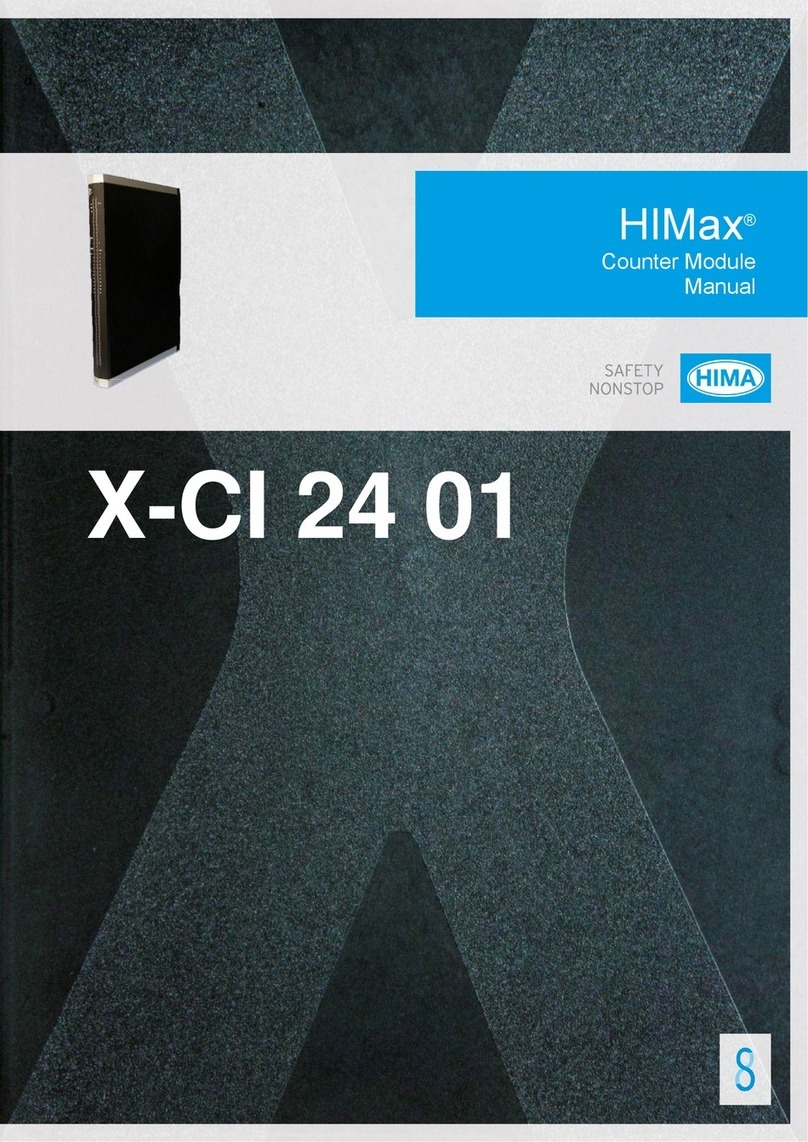
HIMA
HIMA HIMax X-CI 24 01 User manual
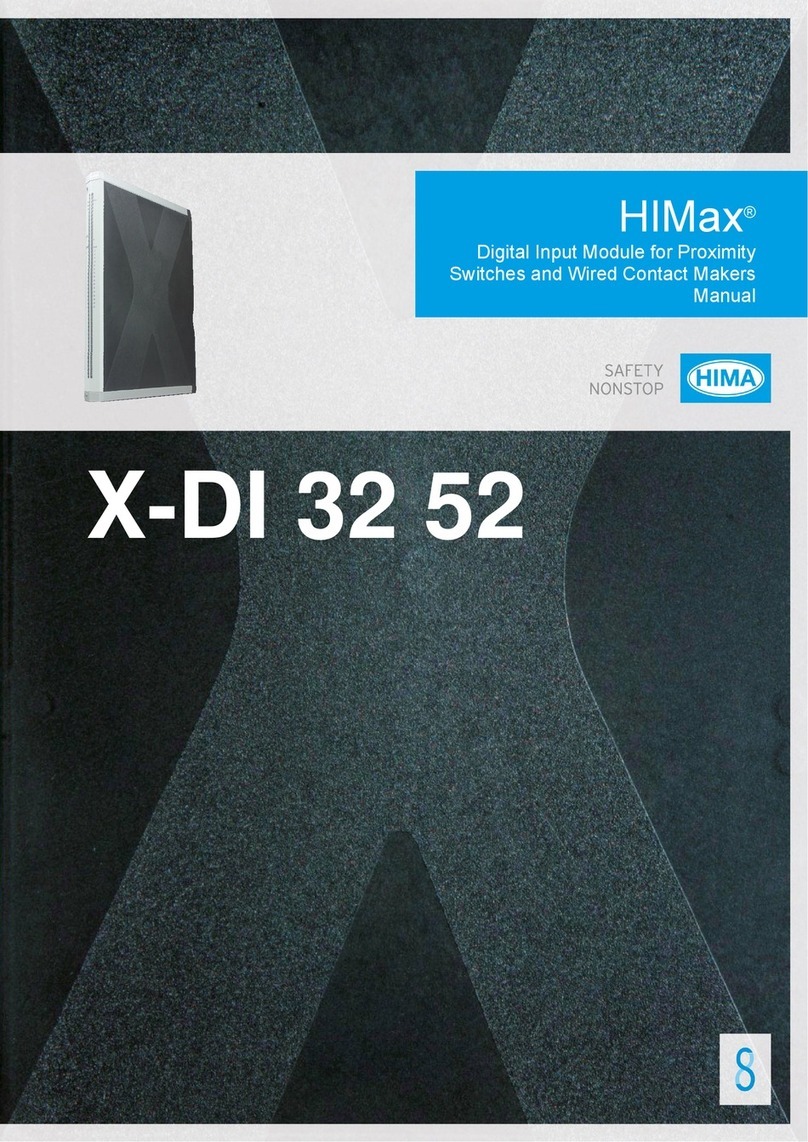
HIMA
HIMA HIMax X-DI 32 52 User manual
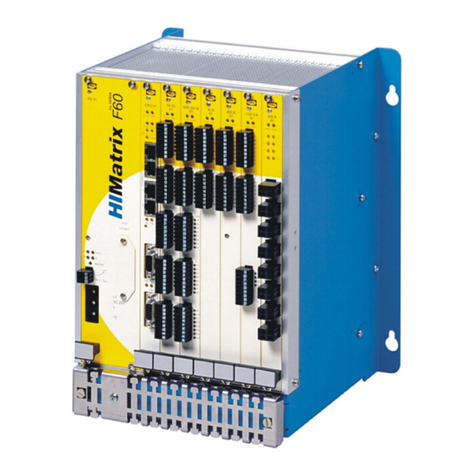
HIMA
HIMA DIO 24/16 01 User manual
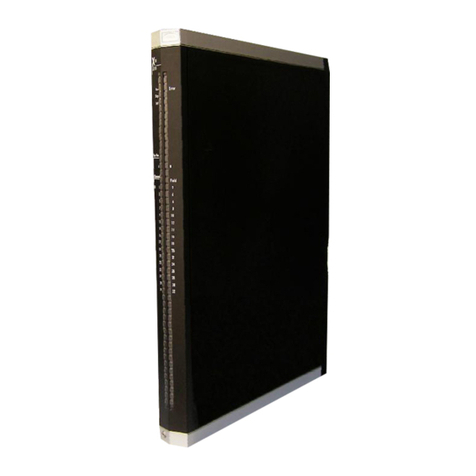
HIMA
HIMA HIMax X-HART 32 01 User manual

HIMA
HIMA HIMax X-DI 64 01 User manual
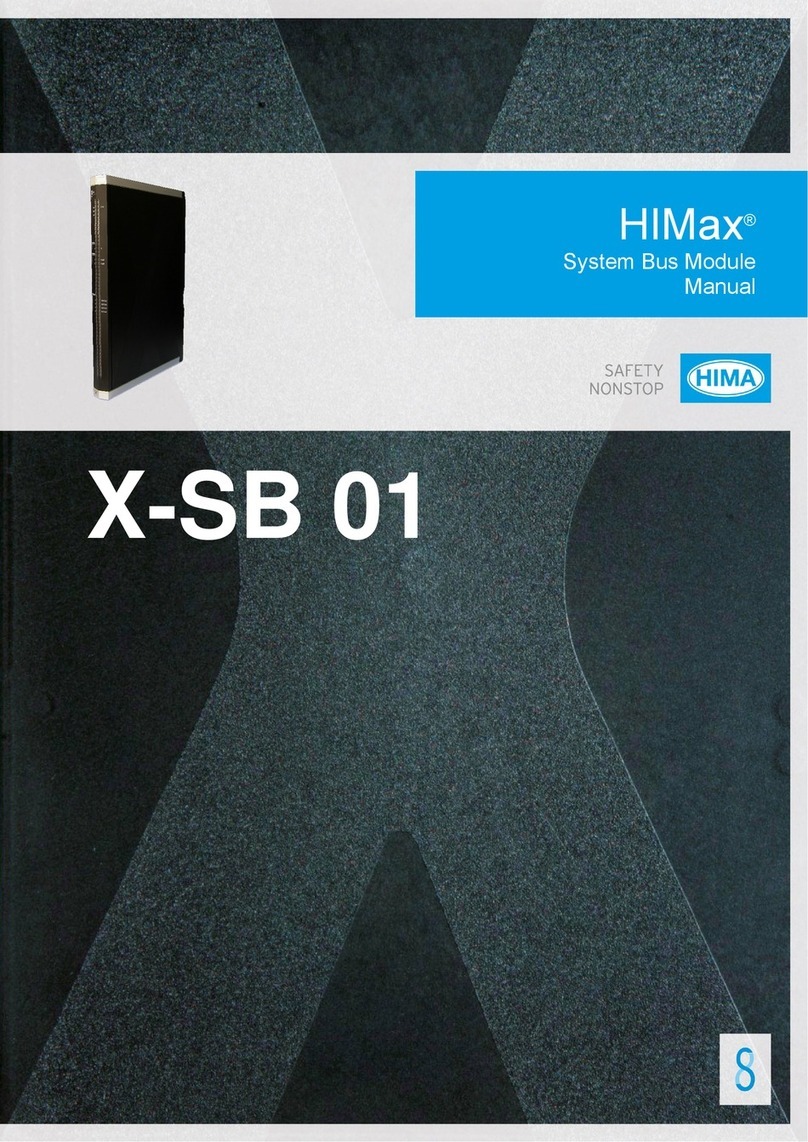
HIMA
HIMA HIMax X-SB 01 User manual
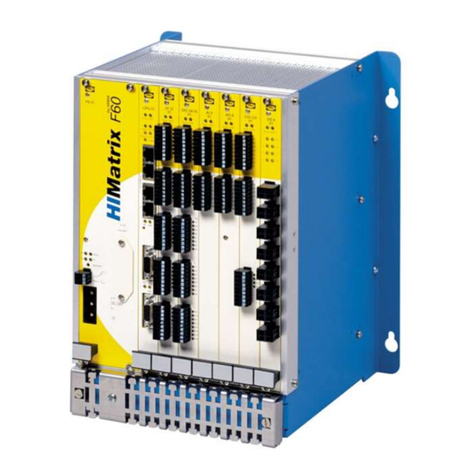
HIMA
HIMA HIMatrix F60 Installation and operation manual
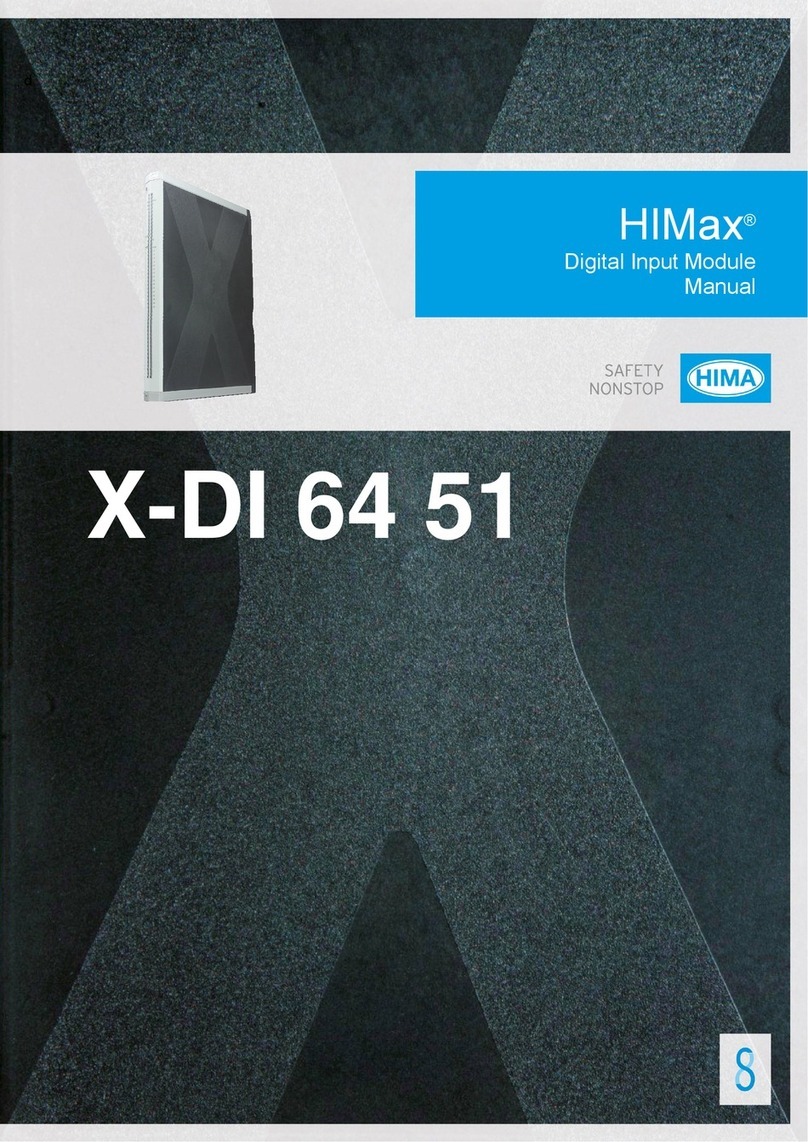
HIMA
HIMA HIMax X-DI 64 51 User manual

HIMA
HIMA HIMax X-DI 32 05 User manual
Popular Control Unit manuals by other brands
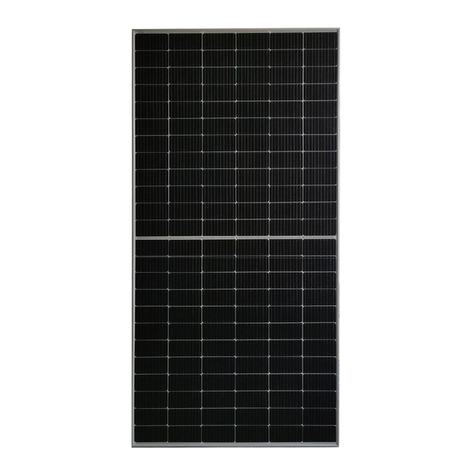
Hyperion
Hyperion HY-DH144P8 installation manual
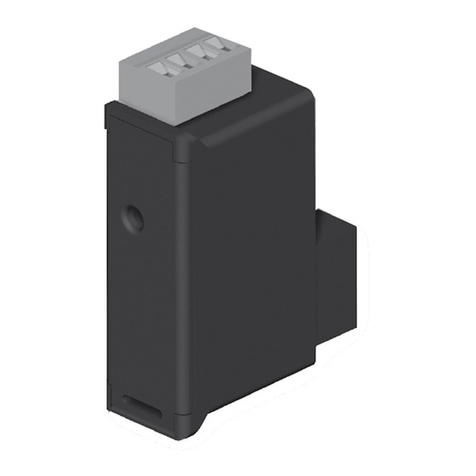
Bticino
Bticino F3N400 installation manual
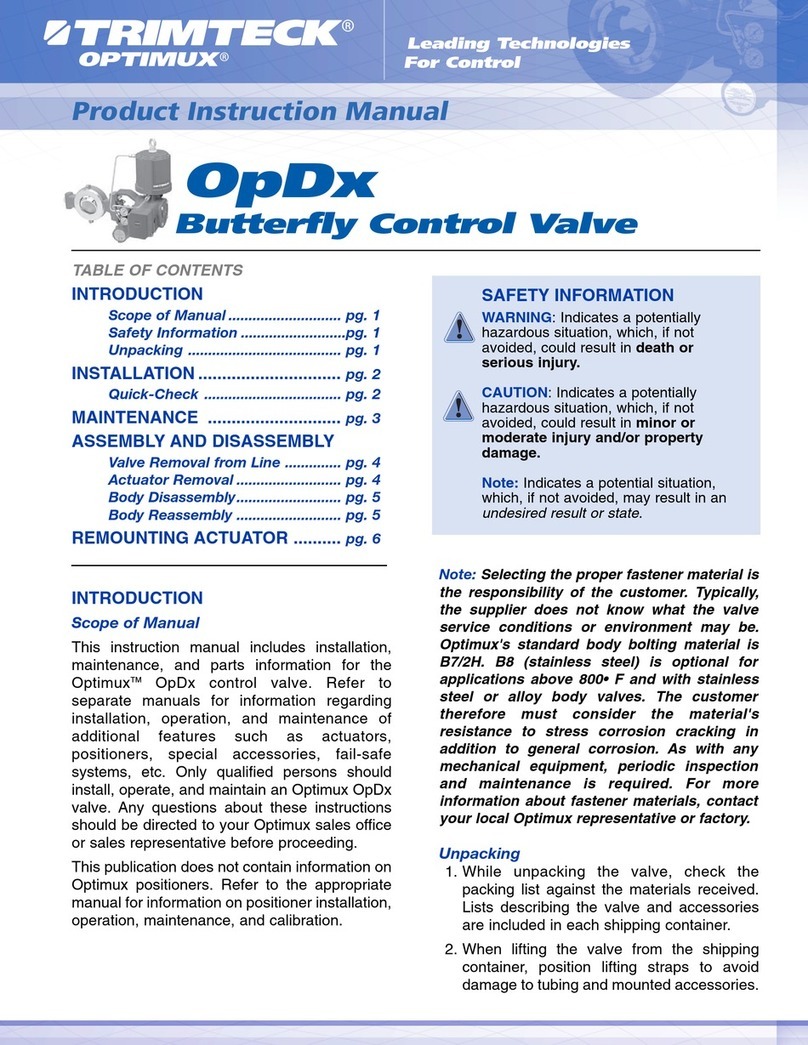
Trimteck
Trimteck OPTIMUX OpDx Product instruction manual
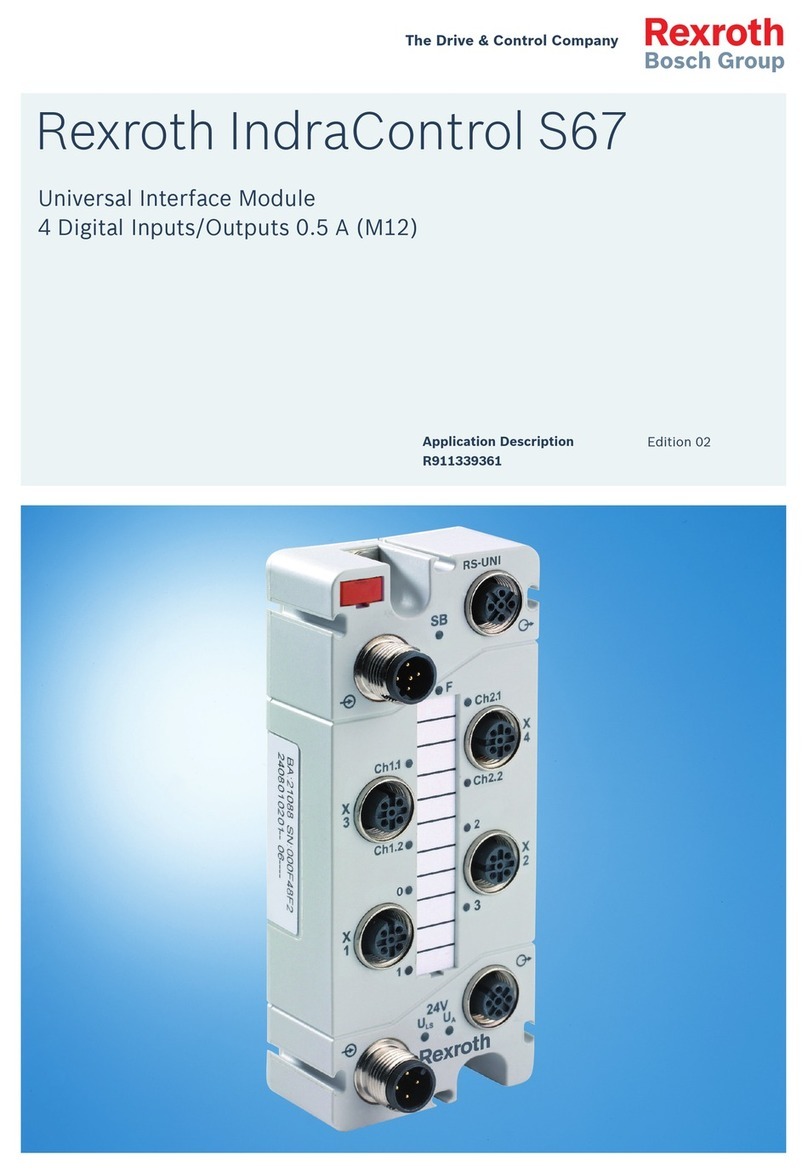
REXROTH
REXROTH IndraControl S67 Application description
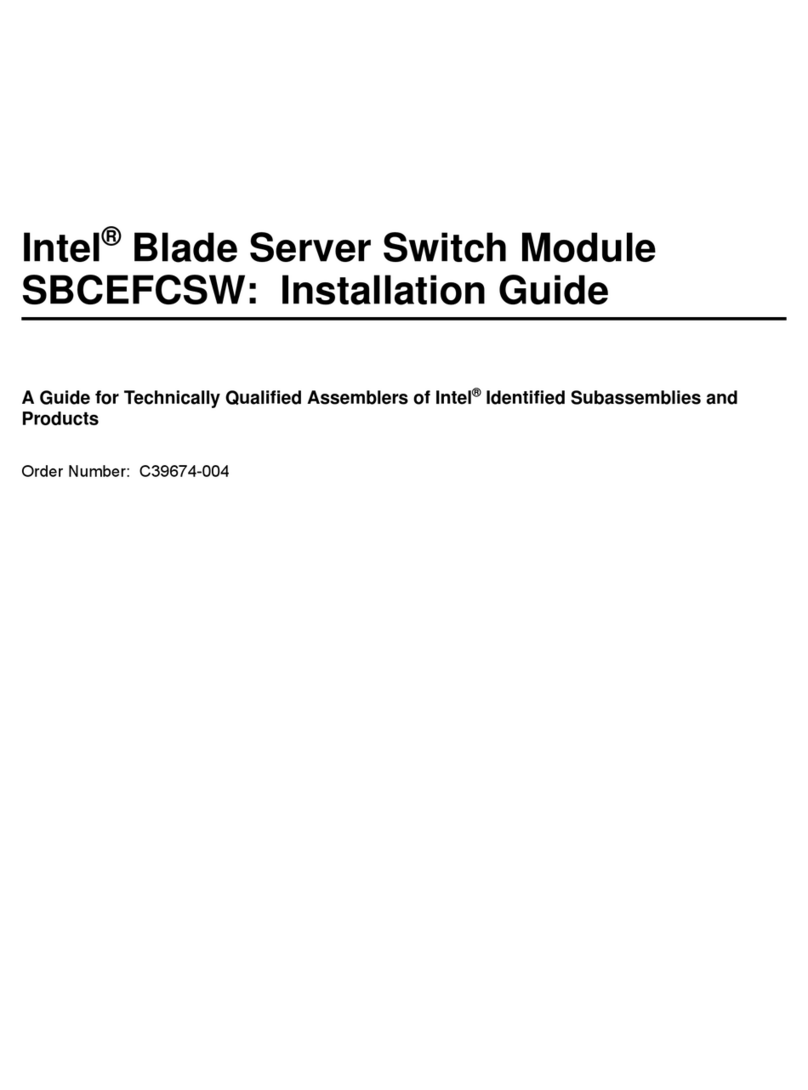
Intel
Intel SBCEFCSW installation guide
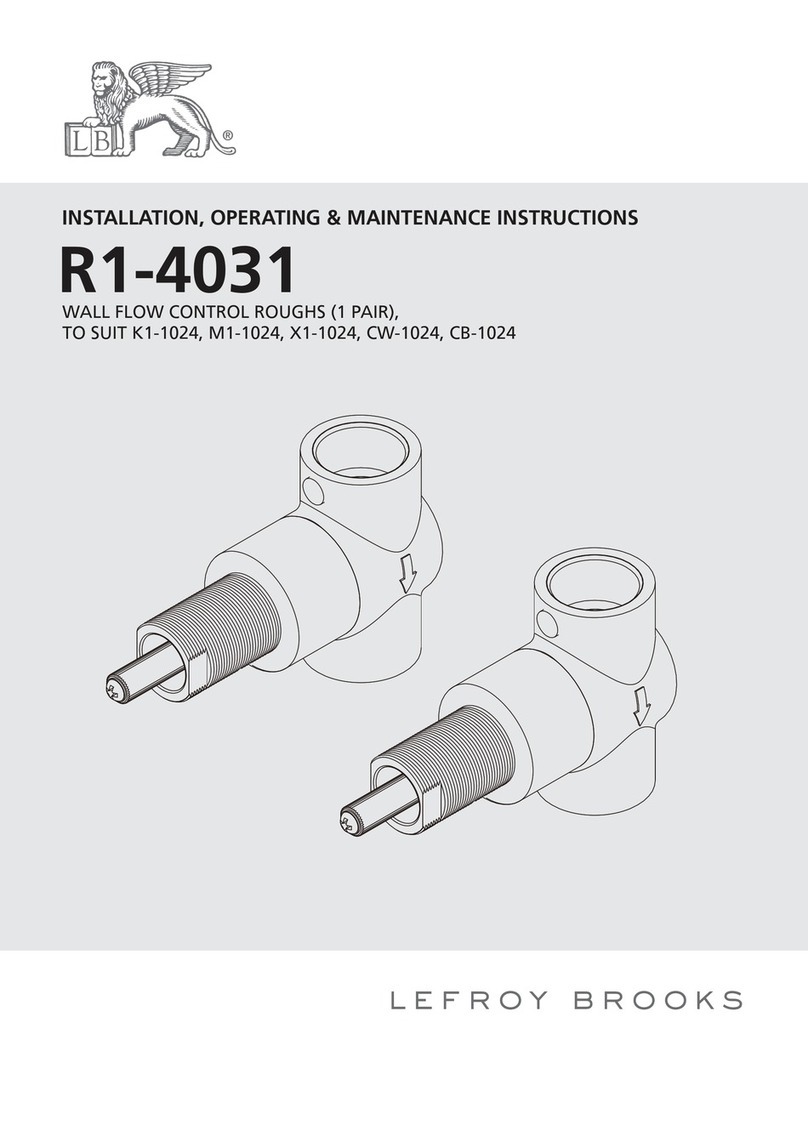
Lefroy Brooks
Lefroy Brooks R1-4031 Installation, operating, & maintenance instructions
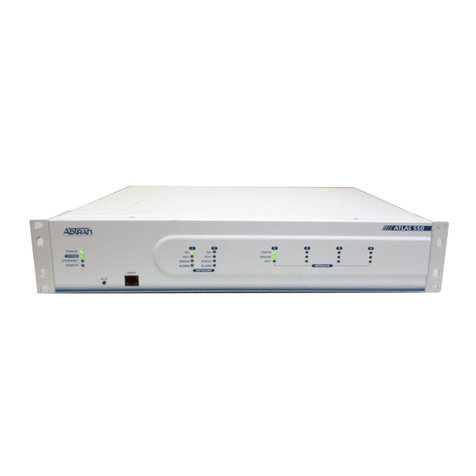
ADTRAN
ADTRAN 1200315L1 user manual

Sony
Sony CCU-900 Operation manual

Clean Water Systems
Clean Water Systems Fleck 2510 Installation & start?up guide

Woodward
Woodward easYgen Technical manual
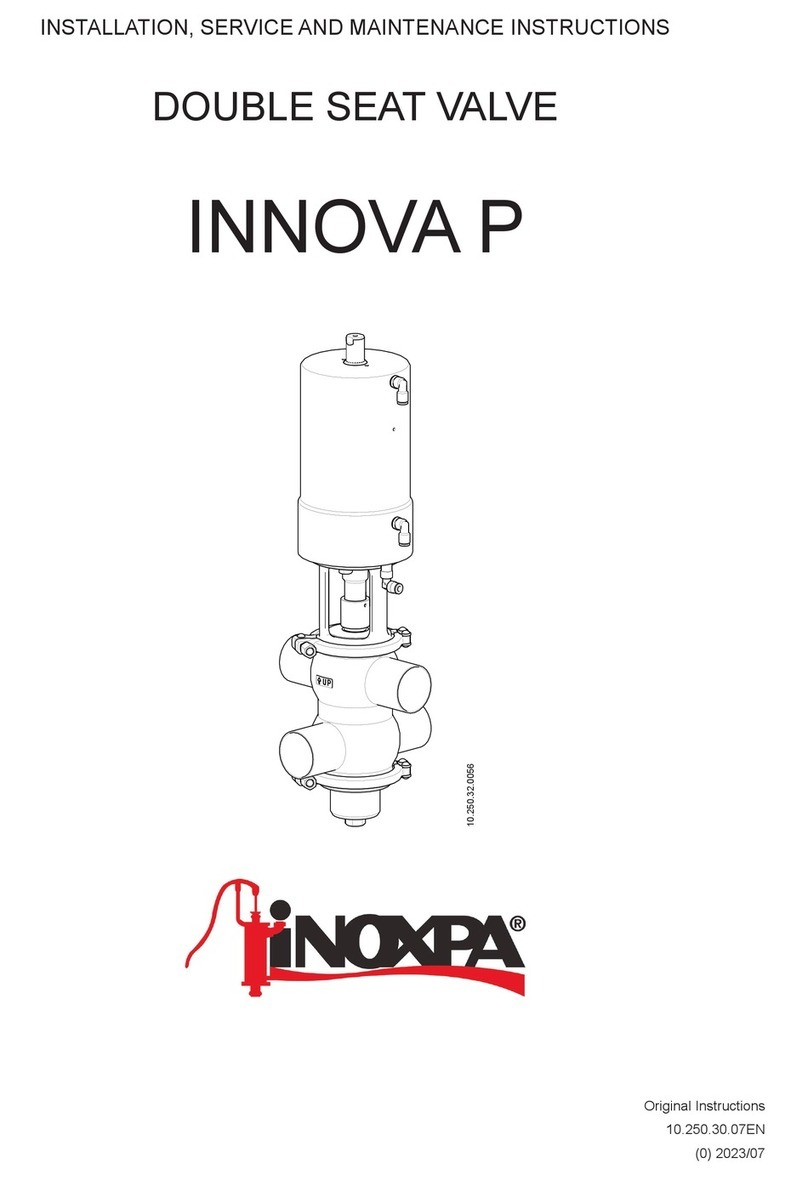
INOXPA
INOXPA INNOVA P Installation, service and maintenance instructions
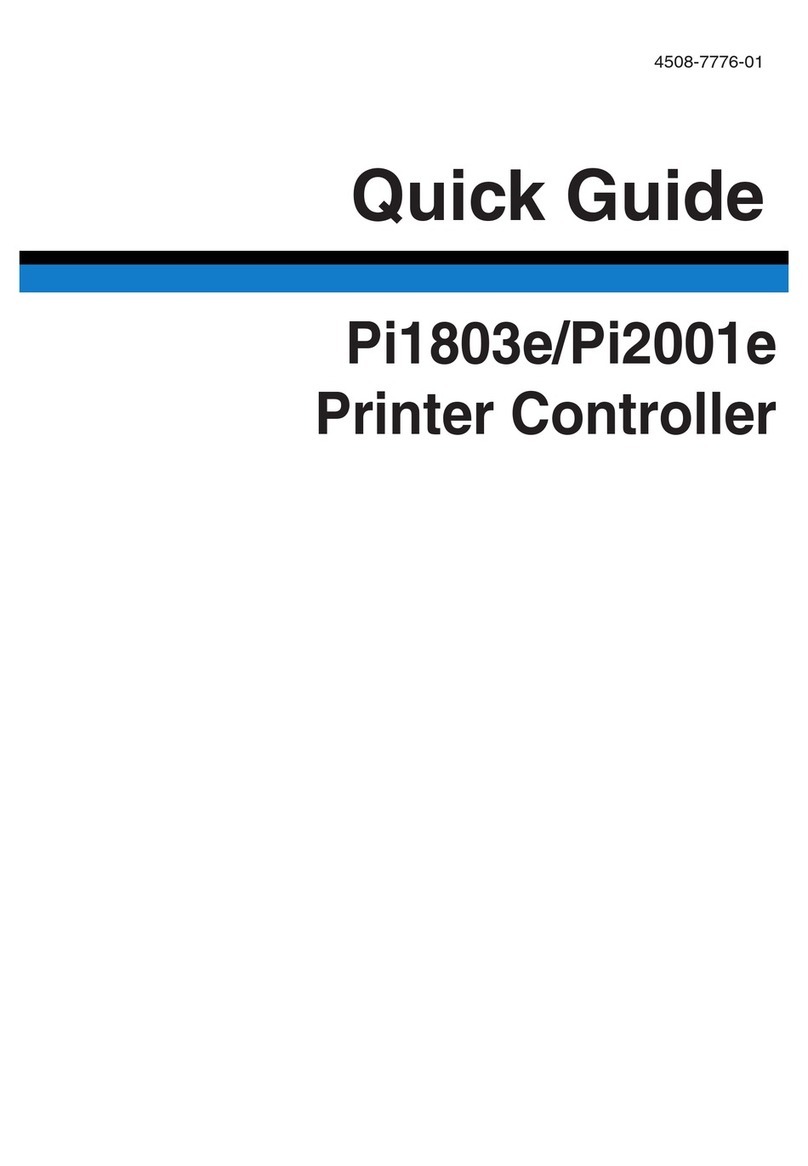
Konica Minolta
Konica Minolta Pi1803e quick guide

